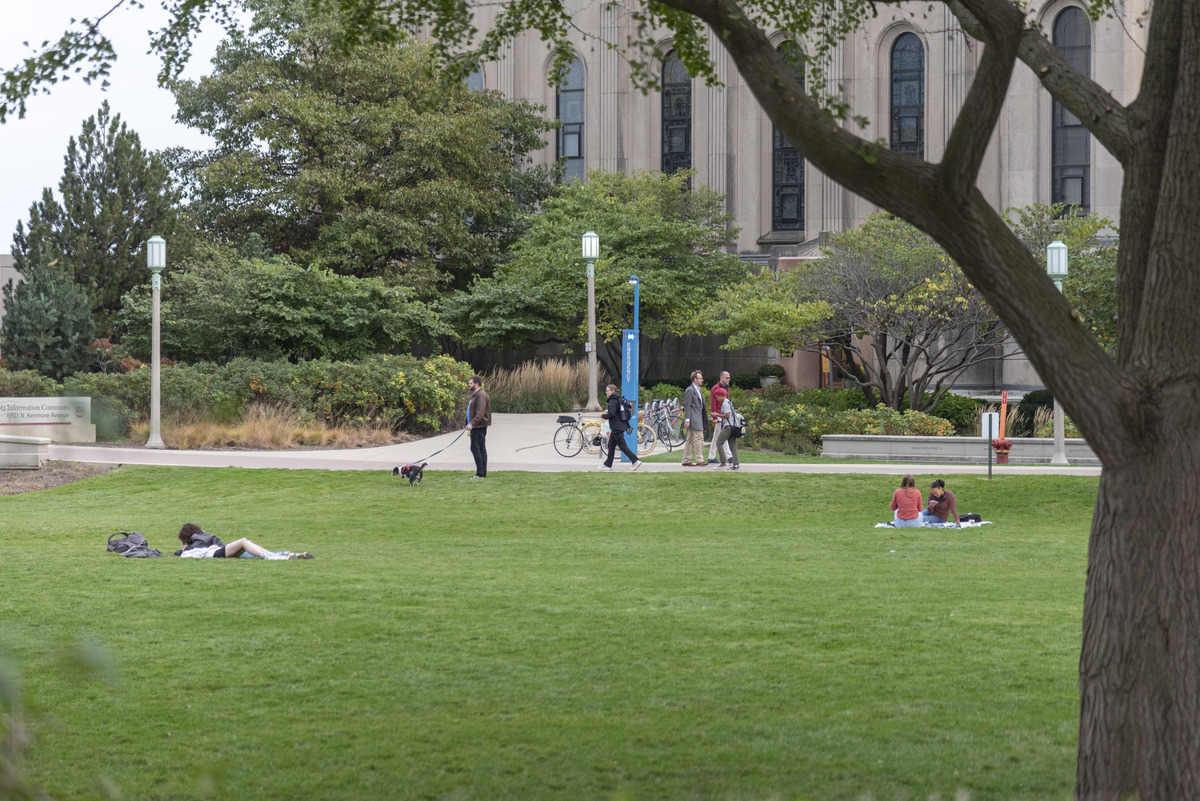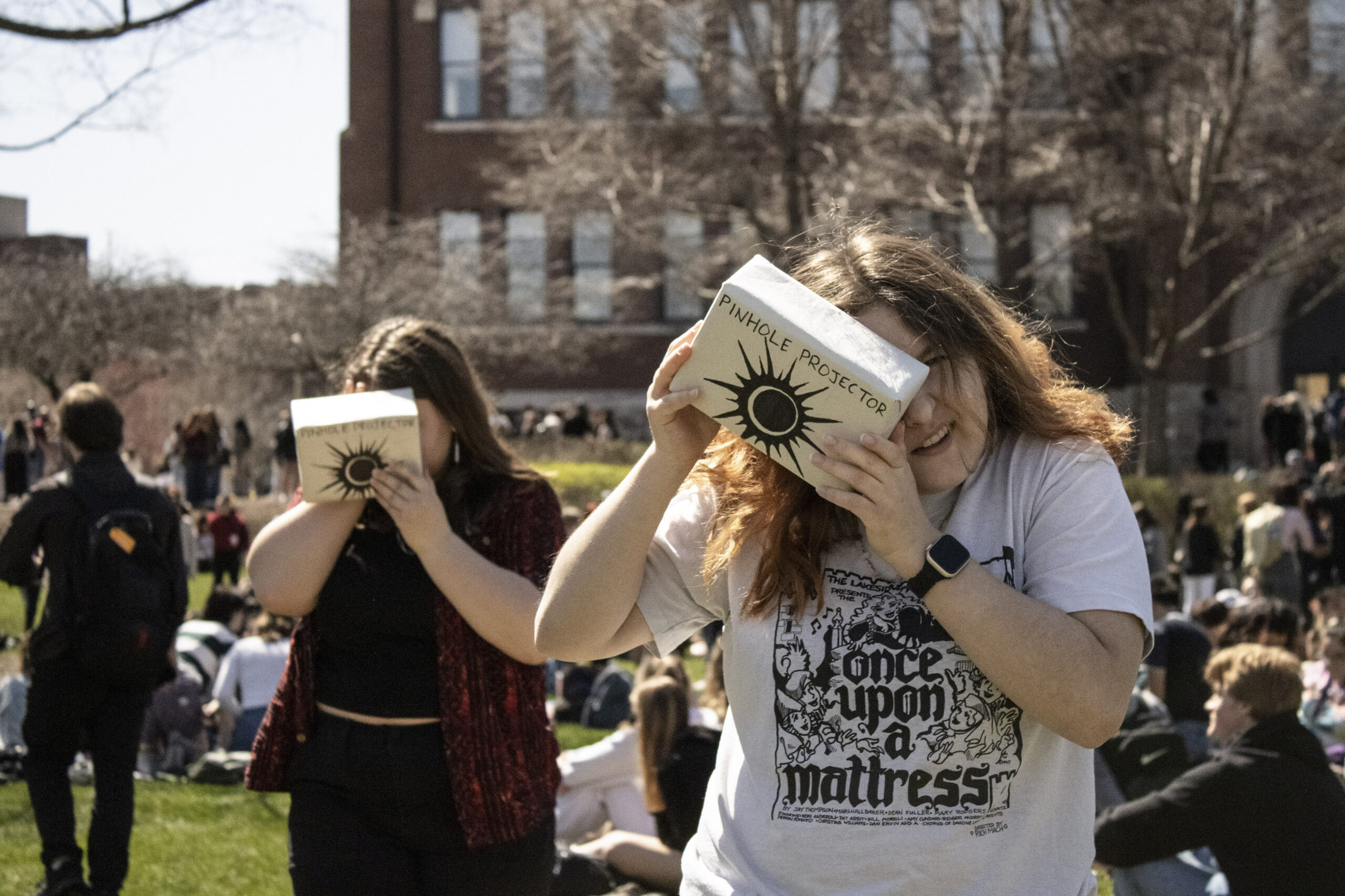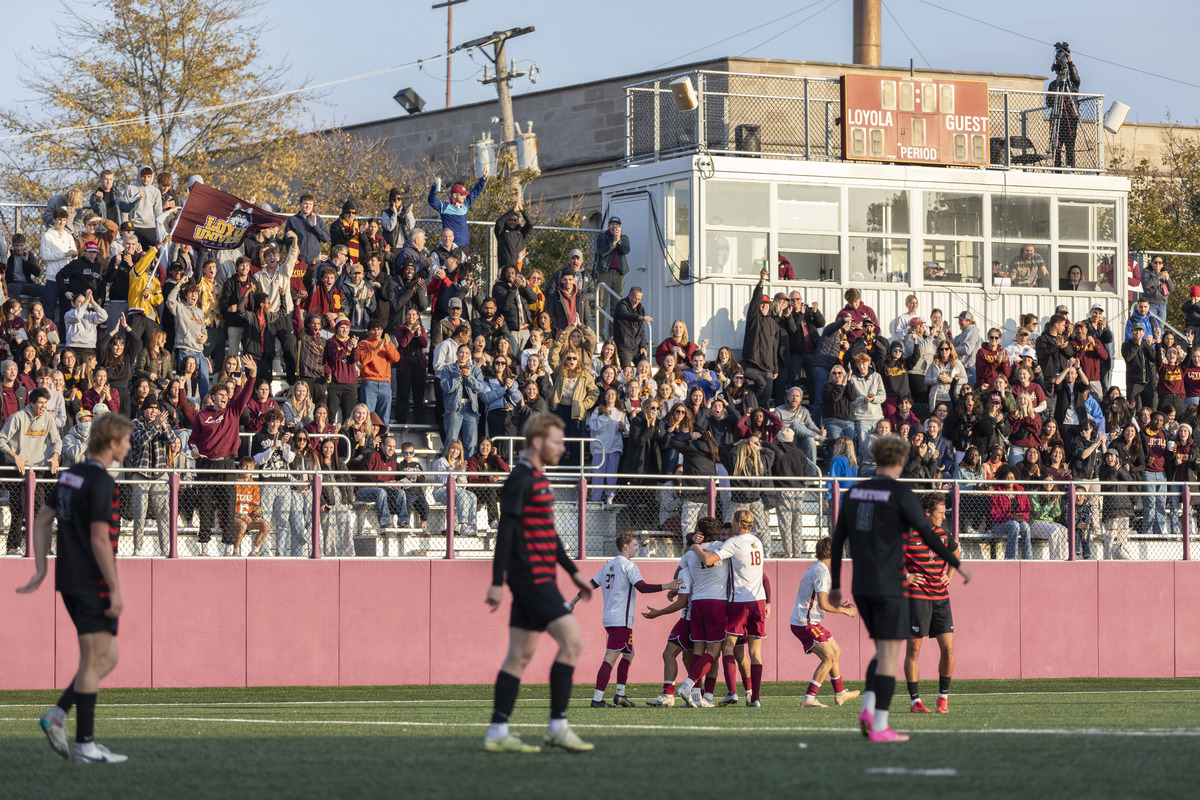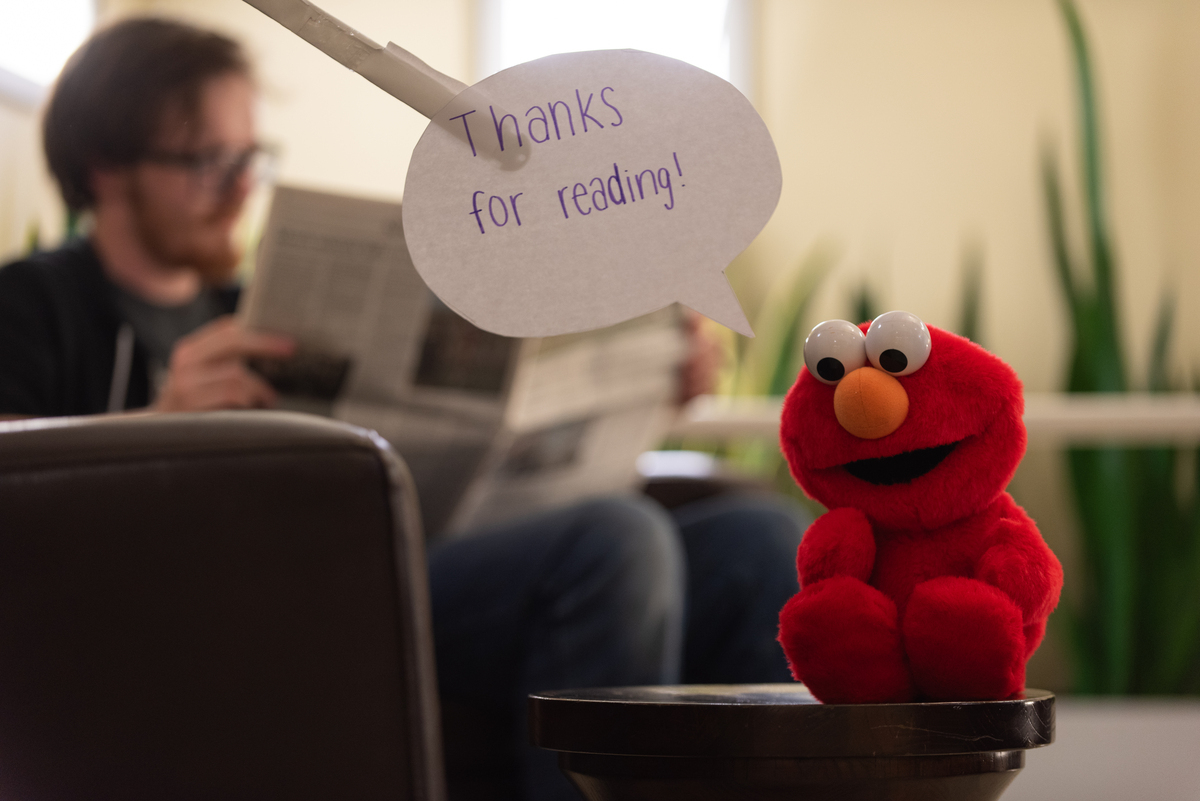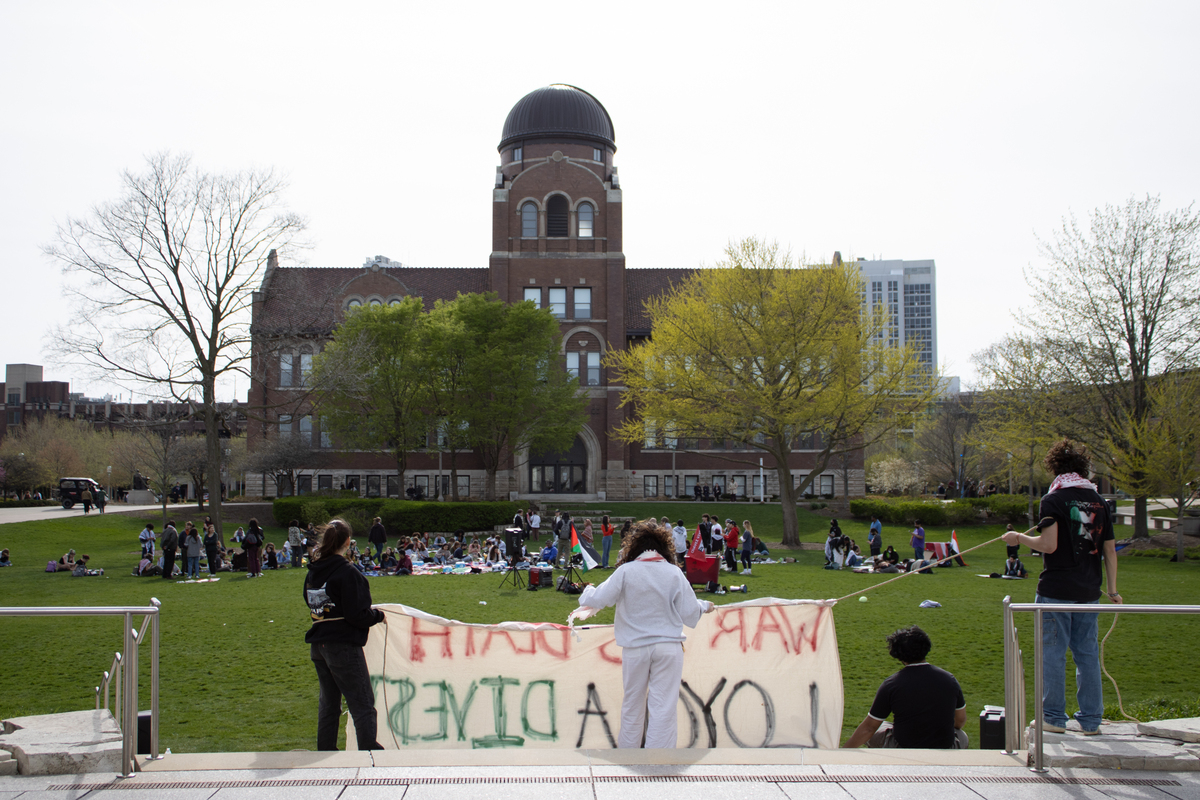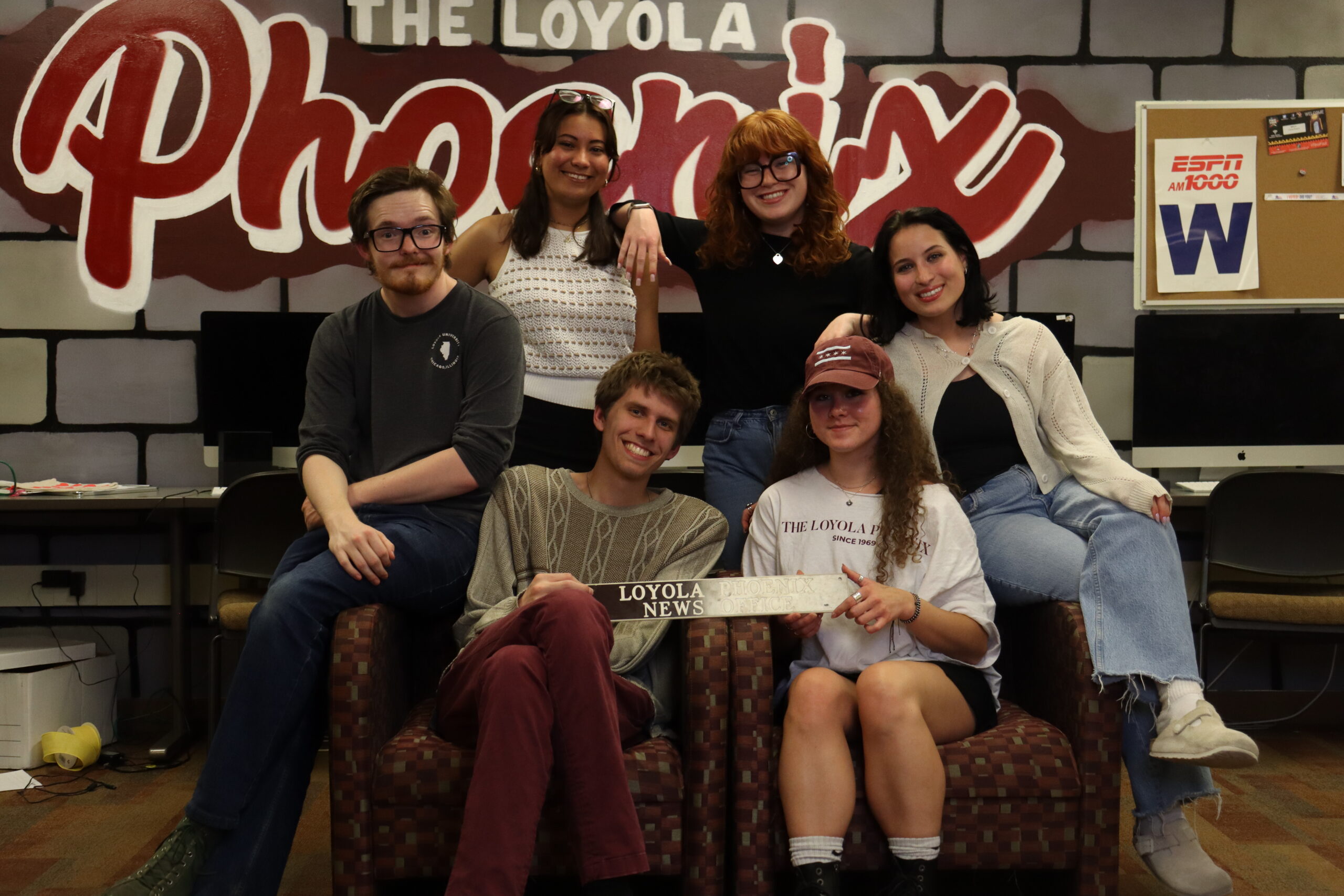Despite a 30% increase in freshman undergraduate enrollment and a 13% overall increase in undergraduate enrollment over the past decade, Loyola is preparing for the possibility of sustained lower enrollment numbers.
Loyola is preparing for an upcoming period of lowered student enrollment. The phenomenon — referred to as the enrollment or demographic cliff — is tied to lowered birth rates due to the Great Recession and will hit around the 2025-26 school year.
From the 2014-15 school year to the current 2023-24 year, the university saw a nearly 30% increase in first-year undergraduate enrollment and a 13% increase in overall undergraduate enrollment, according to information from Loyola’s Common Data Set entries. However, this upward trend is expected to reverse in the next few years.
During the Great Recession from 2007-2009, birth rates fell across the country, according to data from the Centers for Disease Control. Dr. Cristian Paredes, associate professor in the Department of Sociology and director of the interdisciplinary race and ethnicity program, said the economic crisis had an impact on how many children families had.
“If, right now, we were facing economic hardship, maybe you say, ‘Okay, this is not the best time to have children,’” Paredes said. “Maybe we are going to do it next year.”
Paredes said families weren’t sure they would be able to support potential children, so they had to decide to either delay having kids or avoid having them altogether.
Data for crude birth rates — or the number of births in a given year per 1,000 people — fell from 14.29 in 2006 to 11.03 in 2023 in the U.S., according to the United Nations Population Division.
The 2025-26 school year will mark 18 years since this phenomenon began, and universities across the country are anticipating a related decline in the number of college-aged students applying to and enrolling in higher education.
Paul Roberts, Loyola’s vice president for enrollment management and student success, explained some of the steps the university has started taking to lessen the effects of the enrollment cliff on Loyola.
“We’ve been looking at these numbers for a very long time,” Roberts said. “We have been diversifying our enrollment streams. We’ve been increasing the number of out-of-state students, investments in out-of-state recruitment, investments and international recruitment.”
The share of undergraduate students from out of state jumped from 34.5% in the 2014-15 school year to 44% in the 2022-23 school year, according to Loyola’s Common Data Set entries, a series of annual publications from Loyola that share enrollment and financial information about the university.
Roberts highlighted steeper declines in birth rates in Illinois as another reason to focus on attracting students from all over the world.
“Illinois has seen a much more dramatic decline,” Roberts said. “Things actually peaked in Illinois in 2014. And so from that peak out to 2036 is projected to have a 26% decline.”
Crude birth rates in Illinois fell 18.8% from 2010 to 2021. Crude birth rates nationally fell by 14.9% over the same time period, according to population and total birth data from the Census Bureau and Illinois Department of Public Health.
Roberts said this attention to out-of-state recruitment has paid off.
“We’ve seen overall enrollment growth and pretty significant enrollment growth with the freshman classes,” Roberts said. “I don’t anticipate we’ll be able to continue to see that growth.”
Despite the potential for enrollment declines, Wayne Magdziarz, Loyola’s senior vice president and chief financial officer, said he believes Loyola is in a good position.
“Candidly, we don’t see it even for next year,” Magdziarz said. “We’re building our ‘25 budget now, which will start on June 1 of next year. And, for budget purposes, we’re going to be budgeting a number that’s very close to what we budgeted for this year’s freshman class.”
Roberts echoed this sentiment, explaining how some other schools are already facing enrollment-related challenges.
“At least initially, we’d like to be able to hold steady our numbers,” Roberts said. “And, as I said, I hope we put ourselves in a position that we can maintain our enrollments.”
Magdziarz announced a $20 million budget surplus in a Sept. 27 university town hall last month, marking 23 years of budget surplus, The Phoenix reported.
In regards to how a potential enrollment decline would affect the university financially, Magdziarz said it’s primarily a matter of matching expenses to revenue the university is bringing in.
“If you have less students to teach, you need less faculty to teach them,” Magdziarz said. “If you have less students to care for on campus and in the residence halls, you need less residence halls, you need less support services.”
Magdziarz said the university isn’t considering any sort of additional tuition increase to account for “lost” tuition from enrollment decreases.
Magdziarz also emphasized the importance of student retention on the operating budget, especially if the university does face sustained enrollment declines.
“We know that going forward, if there will be smaller classes, retaining a greater number of students is going to have a material impact on our budget and on the student experience,” Magdziarz said.
Loyola’s first to second-year retention rate was 85% among students returning for the 2023-24 school year — a 0.8% decrease from 85.7% in the 2014-15 school year, according to the Sept. 27 town hall and Common Data Set.
The crude birth rate in the United States was 14.31 in 2007. The crude birth rate is predicted to decline by more than 30% to 9.81 by 2050, according to historical and predictive data from the United Nations Population Division.
As the university begins to experience the enrollment cliff, Roberts emphasized the importance of preserving the student experience.
“As a university, we have gone through cuts in the past,” Roberts said. “We try not to cut anything that will have an impact on student services. And so we want to make sure that students continue to have a good experience while they’re here. But I can’t say that that will always be the case, you know, as we look to the future.”
This article was written by Holden Green
Featured image by Daphne Kraushaar / The Phoenix

